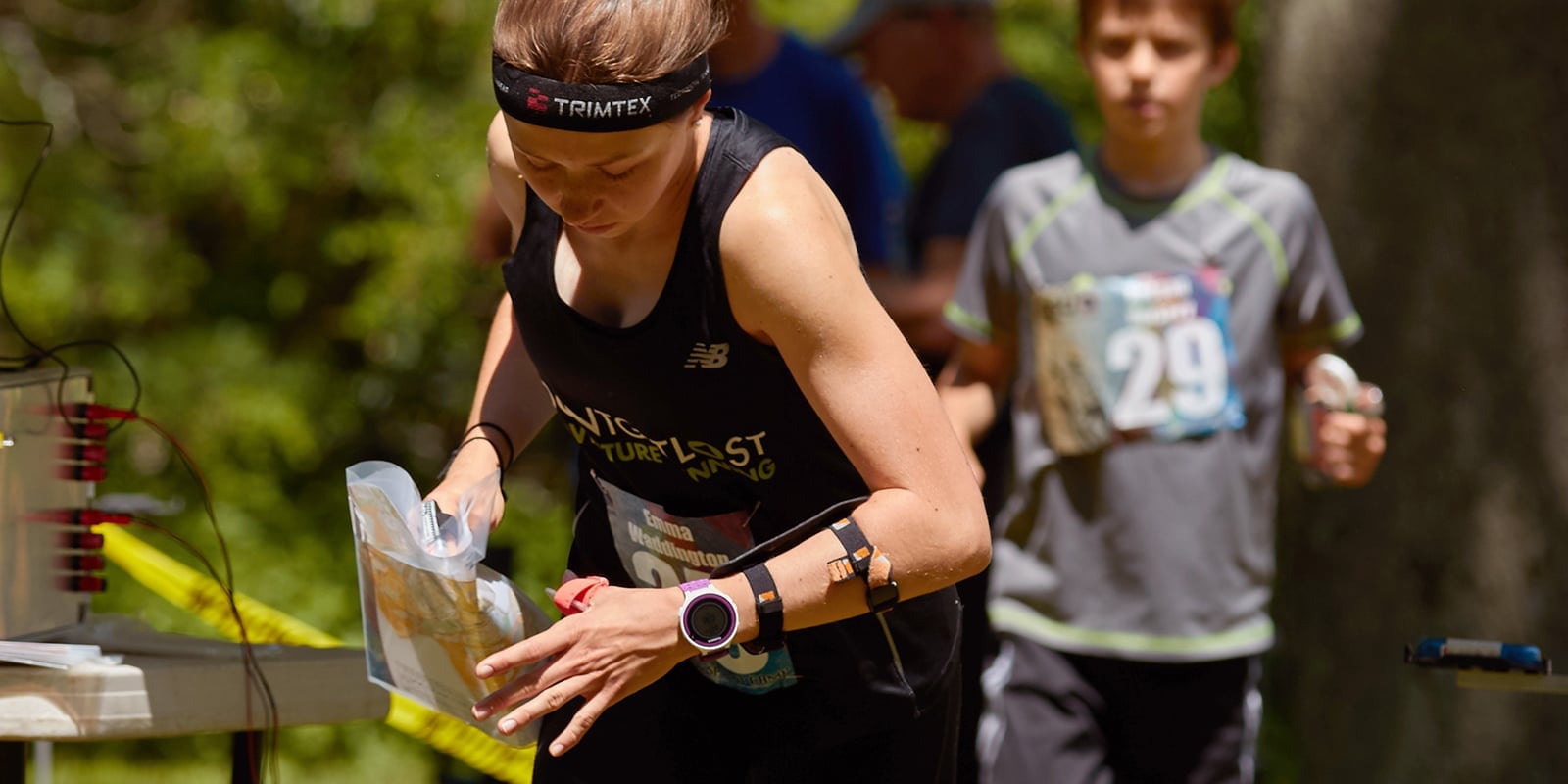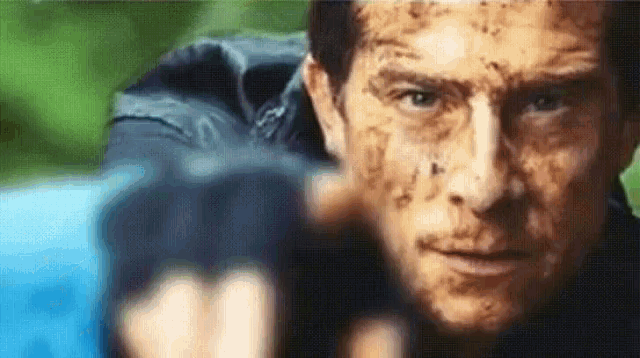In the last post I mentioned how separating running and orienteering training is not very effective, and also how focusing on training more with orienteering-specific workouts can develop your terrain speed more than just traditional speedwork (which is designed to make you a faster runner not orienteer).
In this post I want to write a little about what I think it takes for a new elite orienteer to make it into the big leagues. Being new to the elite level, I’m speculating about how I can train to hopefully compete with some of the top athletes.
1) Train speed through terrain
I’ve mentioned this many times, but it’s been drilled into my head (and correctly so) that you need to be fast to compete with other fast runners.
This was made very apparent to me at JWOC where I had some decent performances, but was crushed by the faster athletes.
Why is speed (particularly terrain speed) so important? Might be a stupid question, but here’s a few reasons.
1) The faster you go through terrain the faster you can run when you aren’t navigating (e.g. on trails or easy legs)
2) If you are a stronger runner it is easier to read the map at higher speeds (this is actually quite important).
AND both of these things can bootstrap off each other to make you orienteer much better and faster. When it is easier to read map at high speed, it is easier to simplify legs and make the leg easier to run at higher speed.

2) Train in difficult terrain
Since spending a lot of time training speed through terrain doesn’t leave as much time for technical training (especially in the states where it’s hard to find and set up courses) it’s important to train in challenging terrain.
Greg Ahlswede definitely clued me in on this when I did a couple training camps with him in North-East Pennsylvania and my technical skills massively improved.
Why does training in difficult terrain improve your technical skills? (Wow another really stupid-sounding question).
Well, training in challenging terrain challenges your technical skills thus forcing you to adapt, improvise and overcome.
Difficult terrain allows us to identify our technical skills that aren’t very strong and we need more practice with. It also forces you to be very diligent about your focus during the training which is key to effectively simplifying the map and identifying/executing your route.
This is also brings me to my next point.
3) Train in different types of terrain
New and different terrain to what you normally run in also allows you to find technical skills that you don’t necessarily use as often and sharpen them up.
Also, most importantly, training in different types of terrain allows you to abstract the important elements of orienteering into a more refined and effective method for navigating through all types of terrain.
For example, you might learn that simplifying the map applies to pretty much all types of terrain and you can abstract the idea of simplification and apply that idea to new terrain that you maybe never seen before.
4) Train in easy terrain
This might seem pretty counter intuitive, but I also think it’s important to train in easy terrain about as often as you train in difficult terrain.
One of the key things I attribute to my skill in orienteering is confidence. It’s extremely important to be focused and confident while navigating or else you will lose a lot of time due to hesitation or second-guessing yourself.
Training through easy terrain helps build confidence and is great training for running fast through terrain. If you only train in difficult areas then your confidence can take a hit and you will start hesitating and running slower, but if you train in easy areas and have amazing training sessions that are fast and clean then your confidence will skyrocket and it allows you to translate that confidence to real orienteering races which is crucial to success in the sport.
Anyways, that’s all I have for this post. If you are interested in reading more in depth on how to improve (especially technical skills) then I recommend reading The Winning Eye.
I may have recommended it before, but a lot of the theories I come up with on technical training are based on that so, enjoy!


[…] Thanks for reading! Read Part 2 here. […]